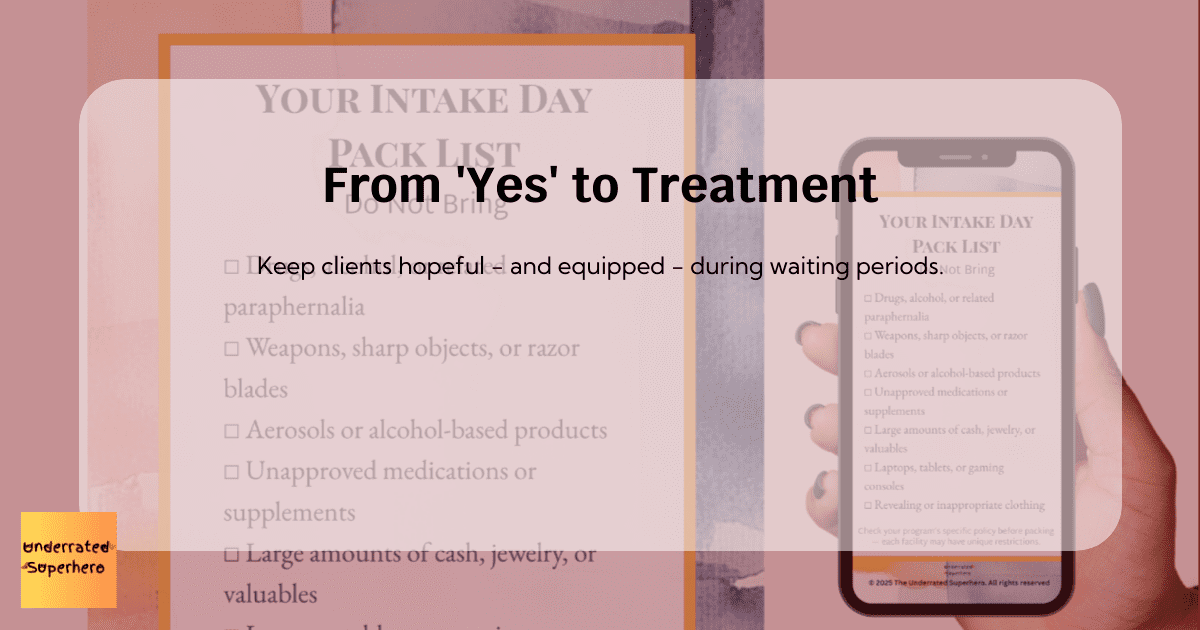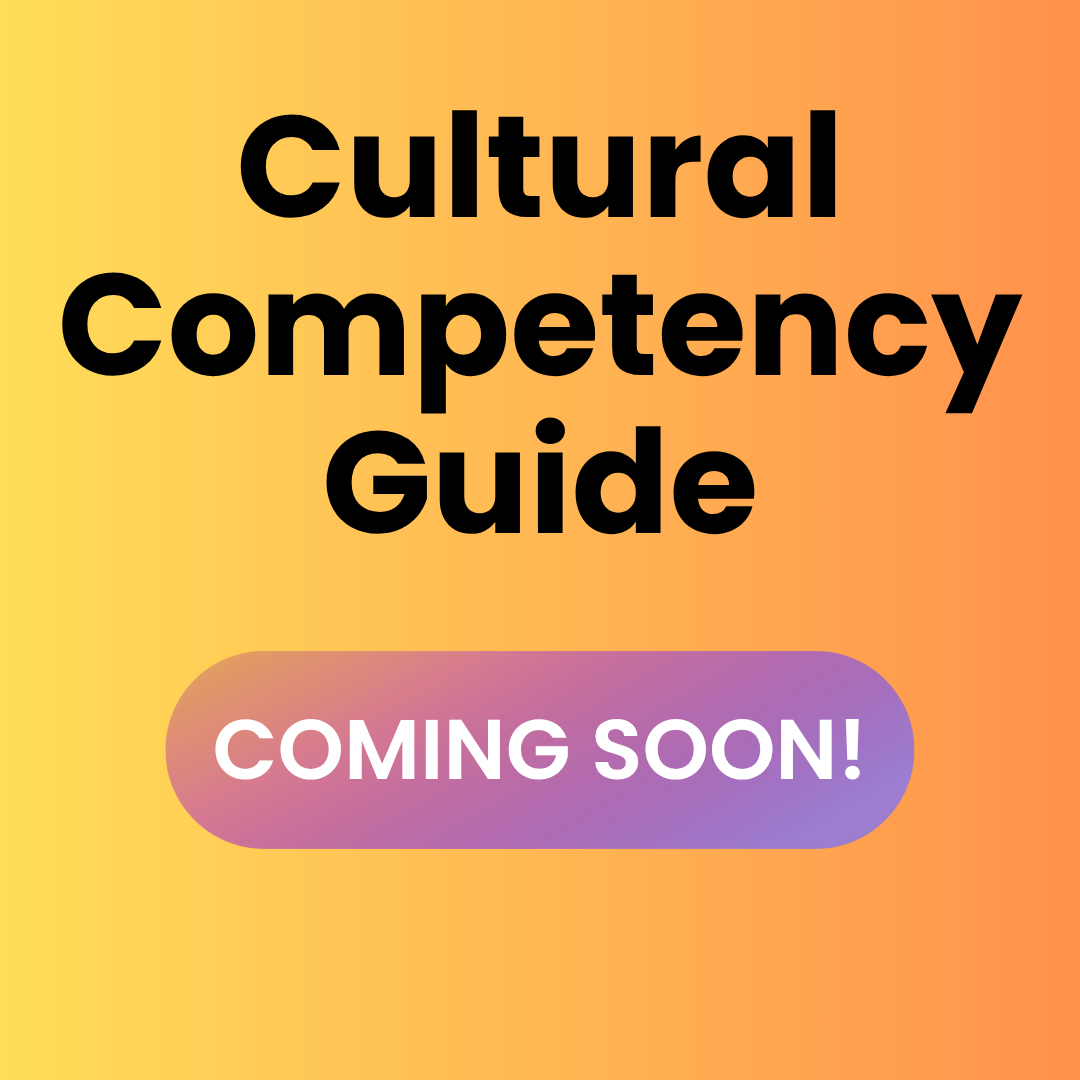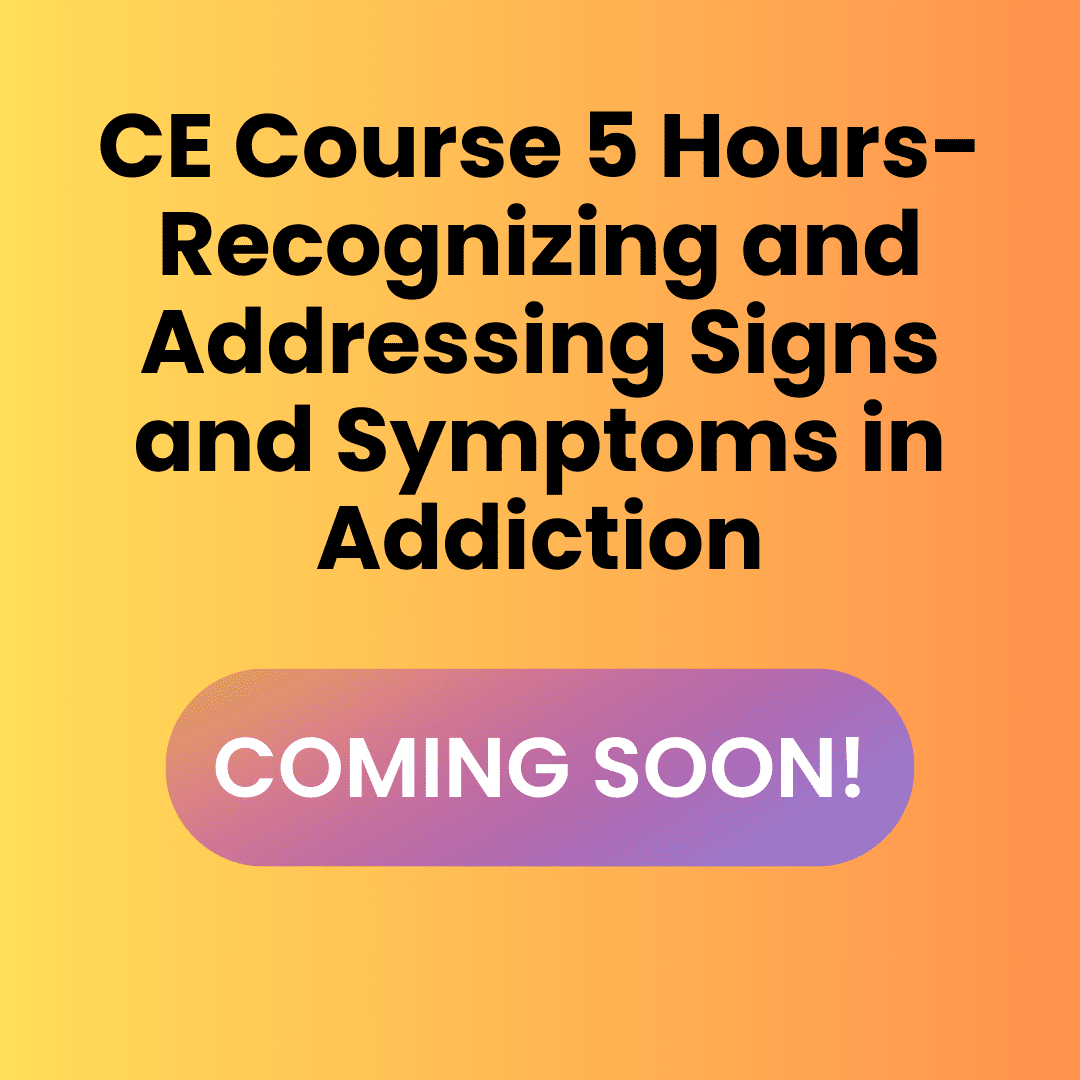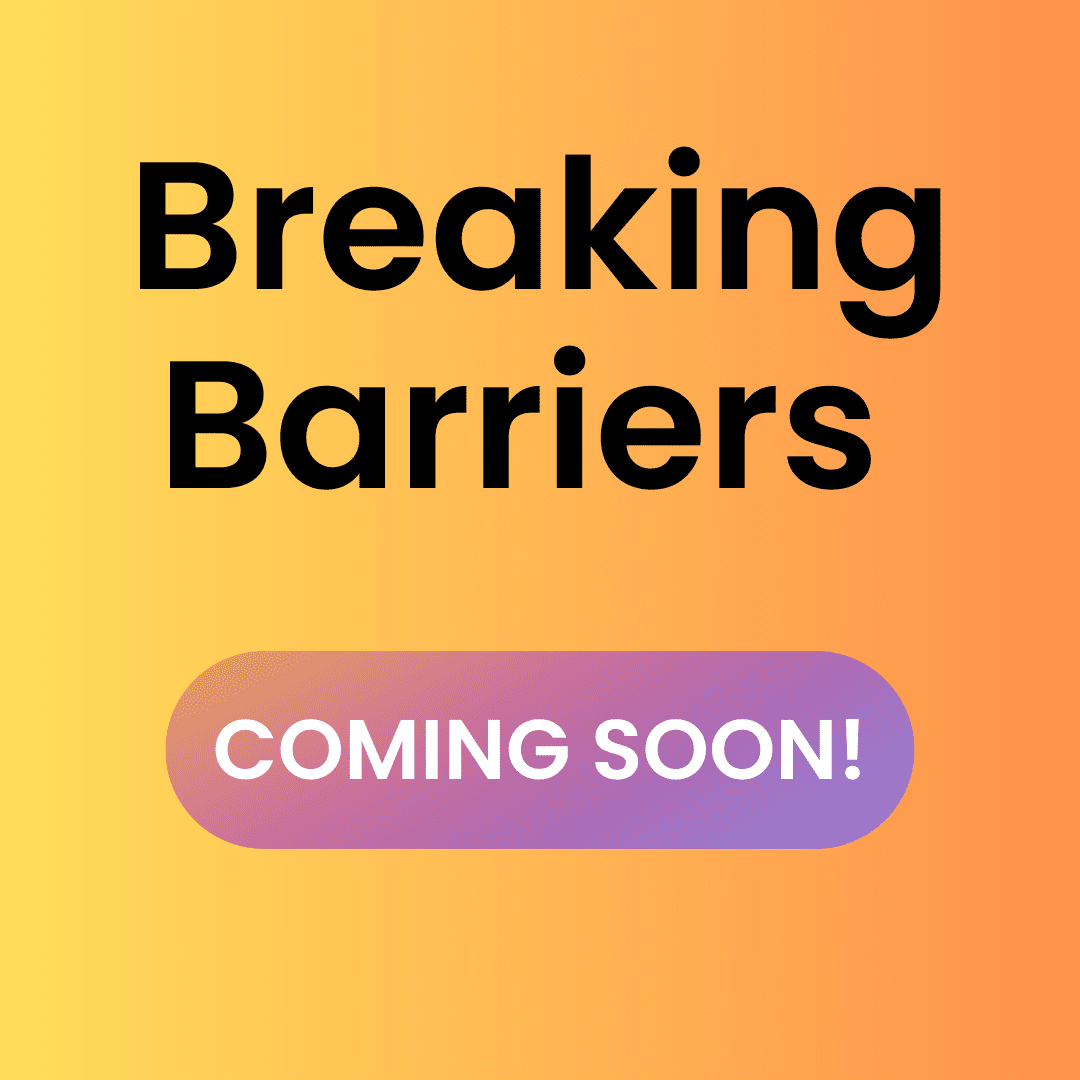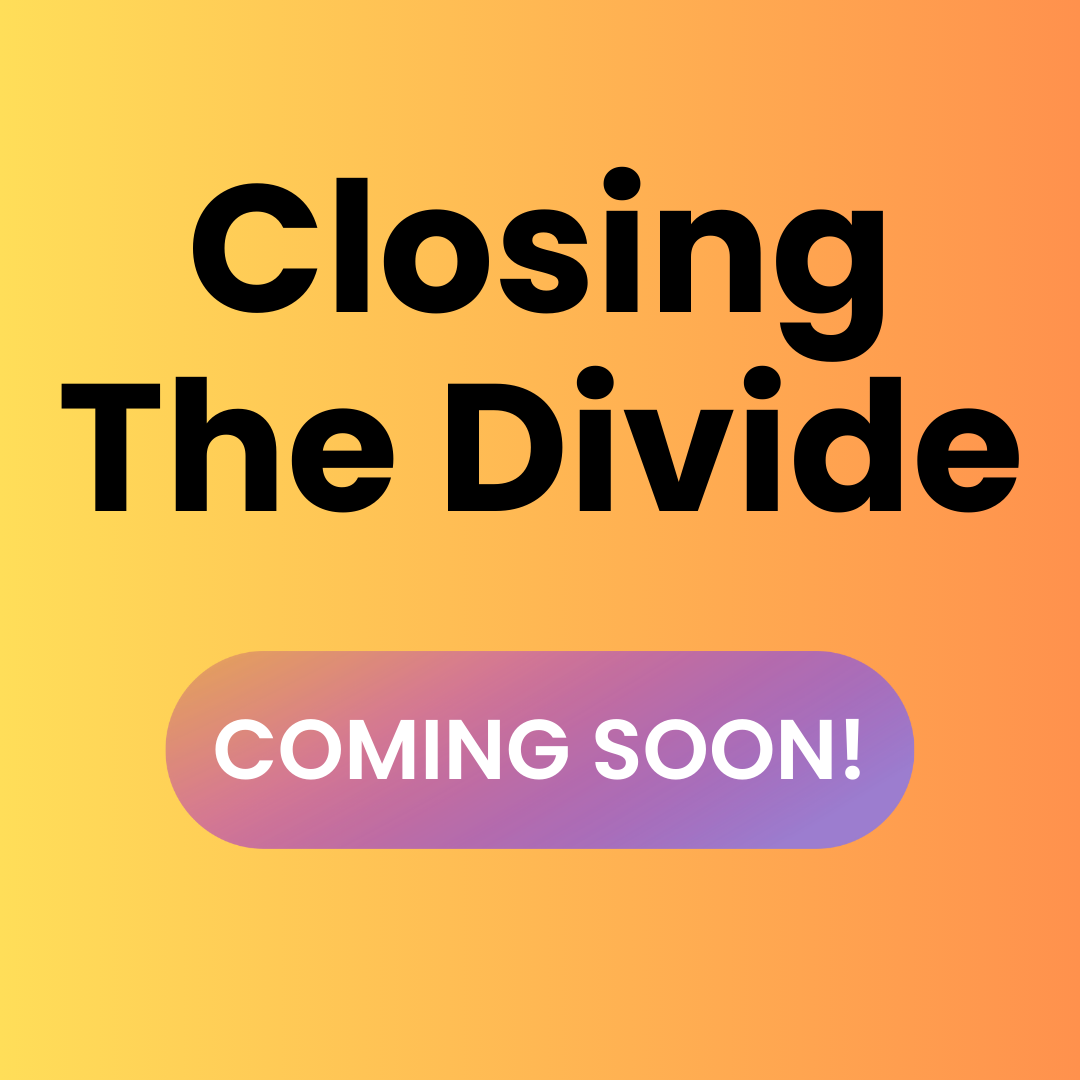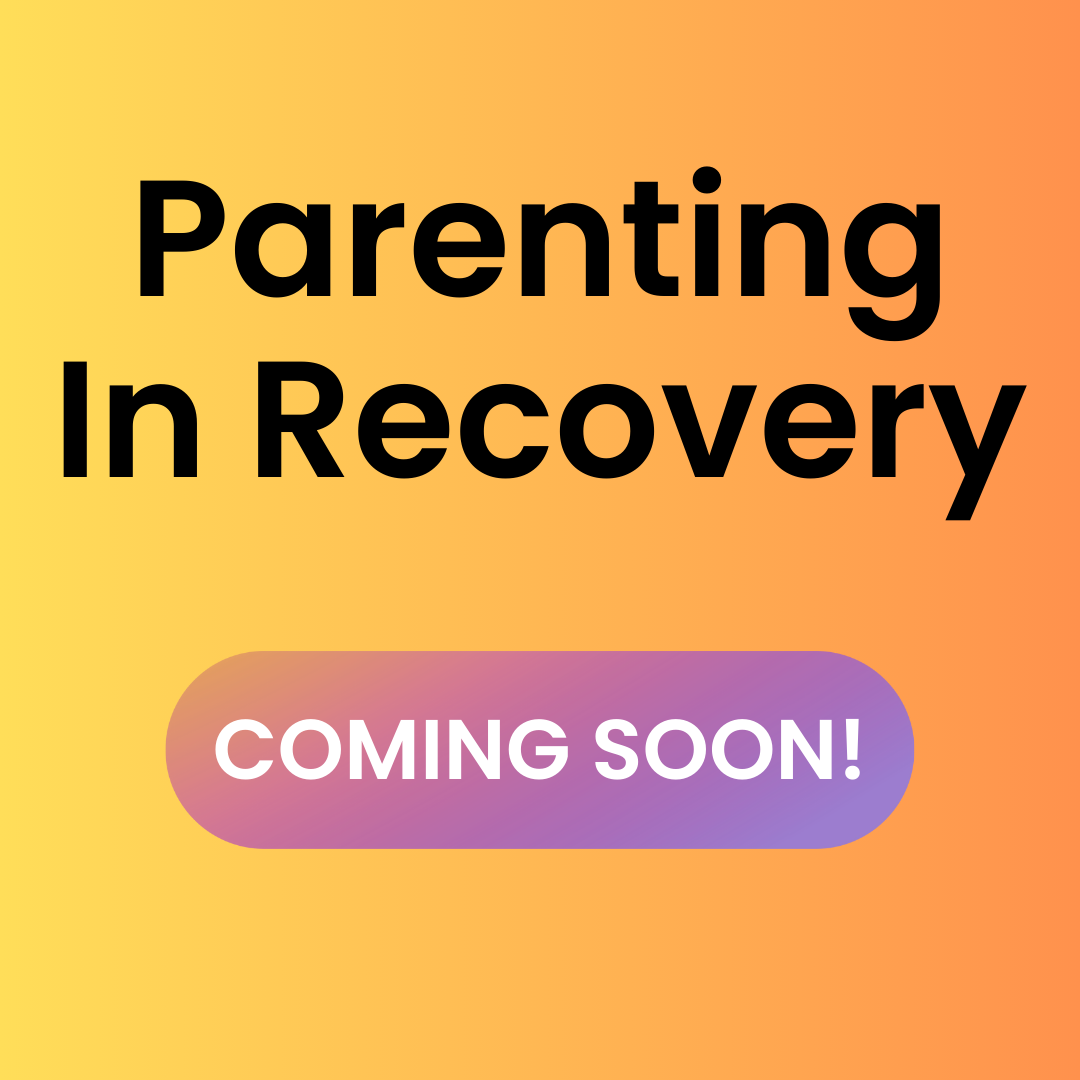Closing the Gap Between Commitment and Care with a Treatment Readiness Toolkit
When a client says “yes” to treatment, momentum is at its peak. But without a clear plan, delays can quickly drain that motivation. That’s where a treatment readiness toolkit comes in — a structured, easy-to-use resource that keeps clients engaged, reduces uncertainty, and turns waiting time into preparation time. Whether beds aren’t immediately available, paperwork is pending, or intake dates are weeks away, a readiness toolkit ensures clients feel supported, know what to expect, and start building skills before their first day in care.
Why the First 72 Hours Matter in a Treatment Readiness Toolkit
Every day that passes increases the risk that initial motivation will fade, doubts will grow, and the client will change their mind.
That’s why having structured, ready-to-go resources on hand isn’t just helpful—it’s critical. The right tools can bridge the gap, keeping clients engaged and supported while the logistics are worked out.
That’s why having structured, ready-to-go resources on hand isn’t just helpful—it’s critical. The right tools can bridge the gap, keeping clients engaged and supported while the logistics are worked out. For additional evidence-based engagement strategies, see the National Institute on Drug Abuse’s treatment resources.
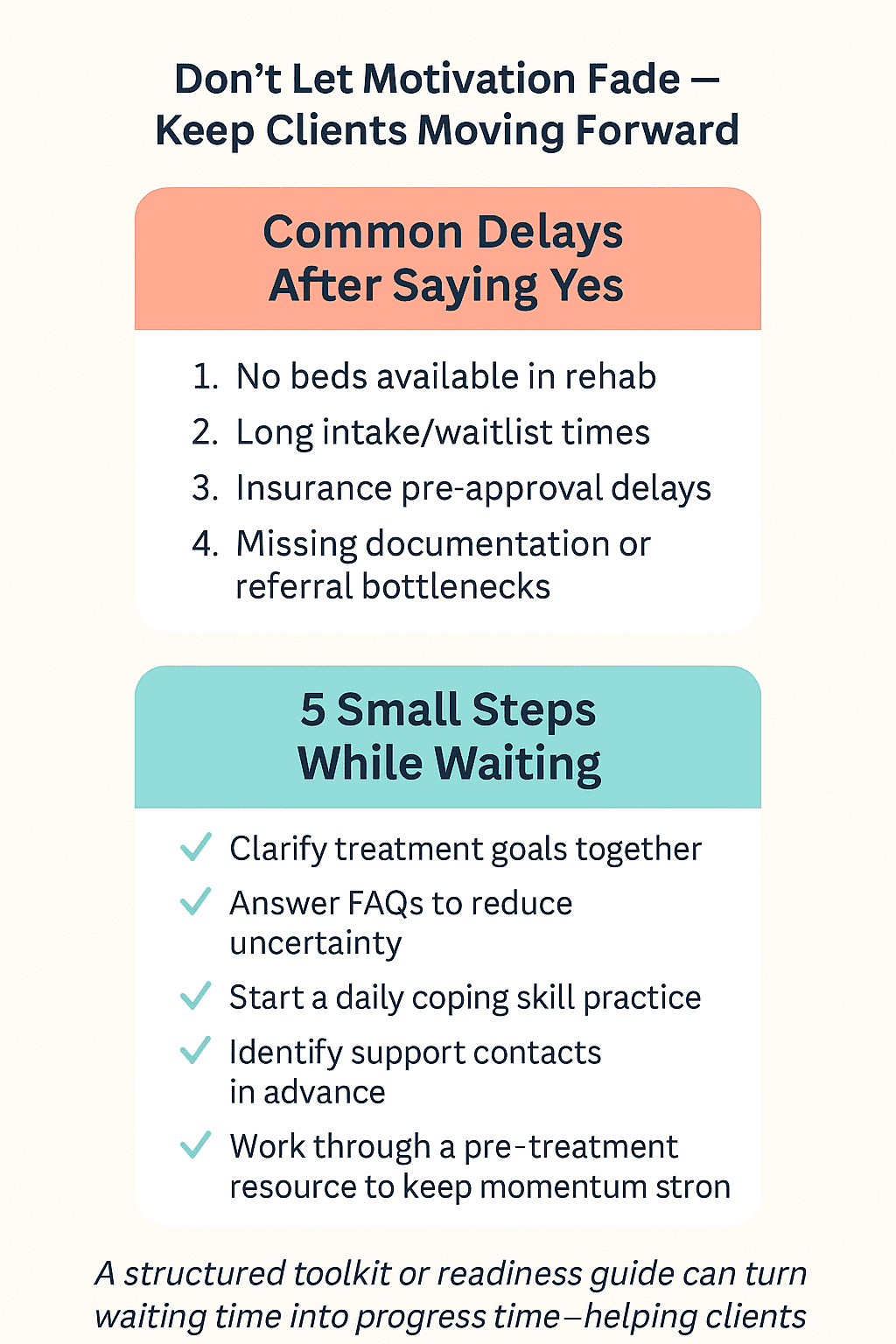
The Quick Win: Be Ready with a Treatment Readiness Toolkit
Instead of scrambling for a brochure, piecing together handouts, or spending an entire session answering FAQs, imagine handing a client a prepared, thoughtfully designed readiness kit the moment they agree to treatment.
Turning Waiting Time Into Progress with a Treatment Readiness Toolkit
Something they can take home, revisit, and work through at their own pace—answering common questions, addressing fears, and helping them prepare emotionally and practically for treatment.
This saves you valuable session time and gives the client a tangible, structured next step that reinforces their decision and builds momentum.
Not only does this save you time in session, but it also gives the client a clear, supportive next step that reinforces their decision and builds momentum.
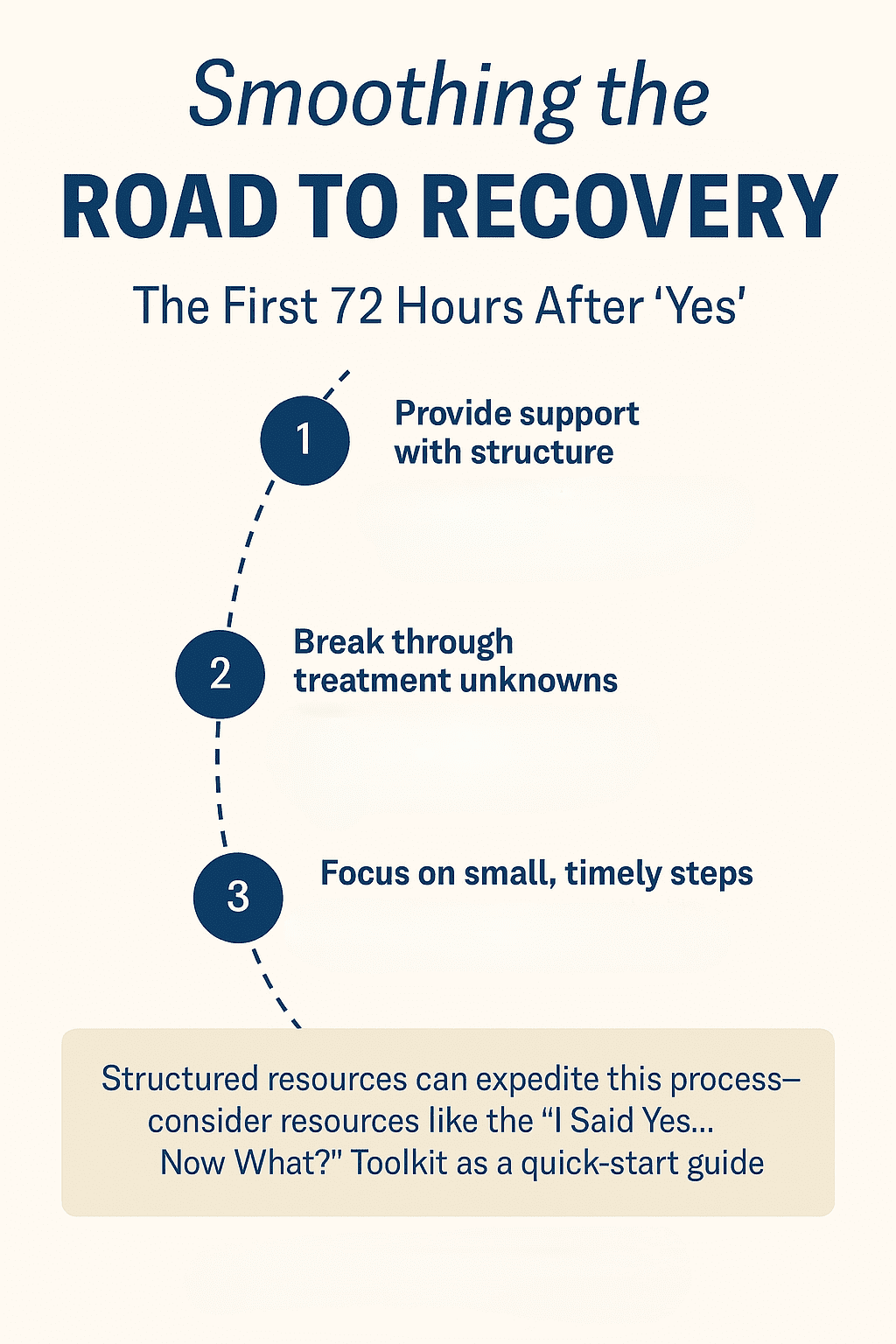
Why It Works: Momentum and Micro-Steps
Engagement doesn’t have to wait for admission day. Even small, intentional steps toward readiness can sustain motivation:
- Skill-building: Clients can start learning grounding techniques, journaling prompts, or relapse prevention strategies.
- Clarity: They get answers to common concerns before fear or misinformation sets in.
- Connection: You send a strong signal that you’re invested in their recovery from day one, not just intake day.
This approach transforms “waiting” into “preparing,” reducing the risk that life stressors, doubt, or external obstacles derail the process.
Closing Thought
Bottom line: When a client says “yes,” don’t let the system slow them down. Be ready with a resource that bridges that gap and keeps momentum alive until services begin. It’s a small investment of preparation for a potentially huge payoff in long-term engagement and treatment success.
Download the I Said Yes… Now What? Treatment Readiness Toolkit and start giving your clients the structure they need from day one.
For more on treatment engagement, visit the Substance Abuse and Mental Health Services Administration (SAMHSA) site.

